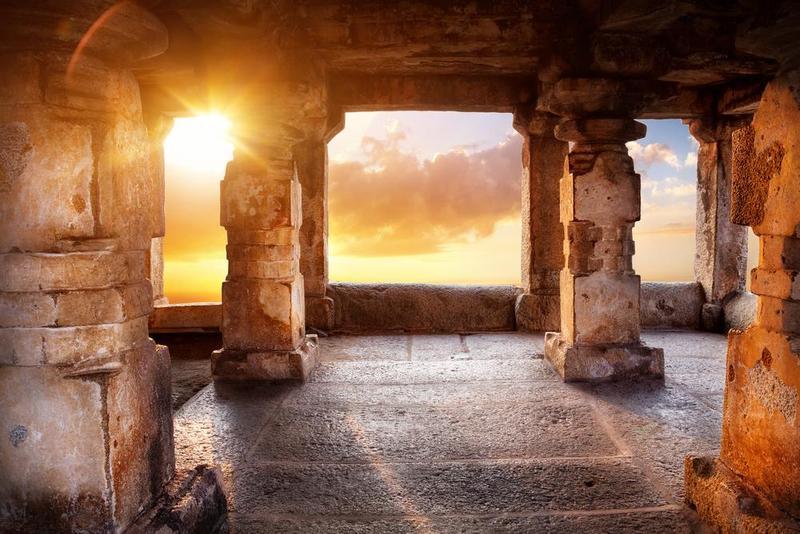The Illusions Created in Ancient Temples by Amazing Inventions
The Illusions Created in Ancient Temples by Amazing Inventions
Imagine you are in an ancient temple, dimly lit by rays of sun peaking in. A worshipper lighting a flame on the altar, and steps back. A statue with the altar starts to move! It pours libations to the god for whom the temple is constructed. A door behind the altar opens of its own accord, and the statue of the god appears.
But behind the mystique has been the creativity of inventors, not the wonders of the gods.
Inventor Hero of Alexandria (10–70 A.D.) explained in “Pneumatics” how these devices functioned. The statue stood on a base connected to the altar by a tube. The tube stretched from the altar, throughout the statue, and into a cup held by the statue. Water was poured into the pedestal through a hole which was subsequently corked up.
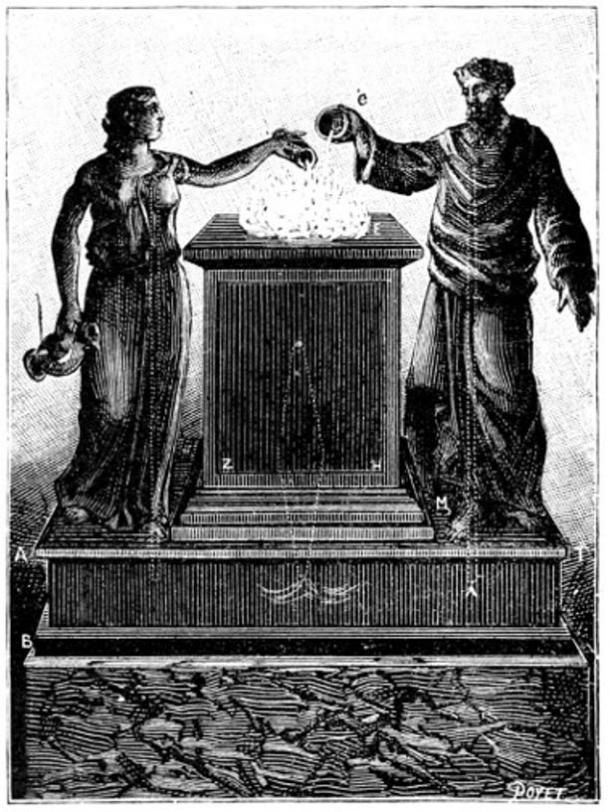
Marvelous altar, pictured in the book “Magic, Stage Illusions and Scientific Diversions Including Trick Photography.”
When the altar fire was lit, the air would expand with the heat, and push into the pedestal through the tube. It would push the water in the pedestal up through the tube, rising to the cup and then pouring out.
The doorways have been made to open automatically by a similar mechanism. Instead of the water in this mechanism being pushed through a tube toward a cup, the water pushed into a bucket. This bucket then becomes heavy, functioning as a counterweight.
The bucket will be pulled down by the burden of the water, pulling on a cord that’s been wrapped around cylinders and attached to the doors in such a manner that if it’s pulled, the doors will open.
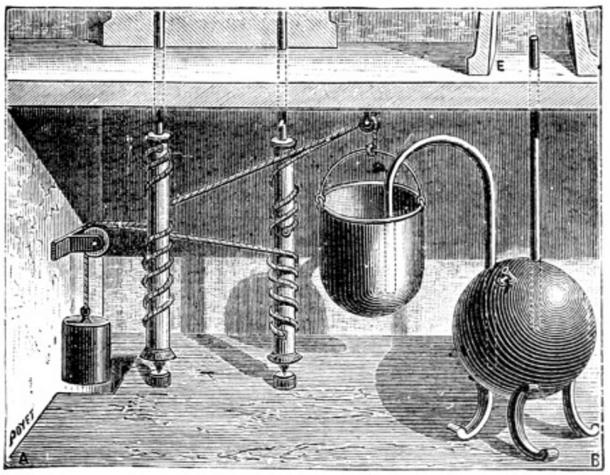
Mechanism for opening and closing the doors if a flame has been lit upon the altar, pictured in the publication “Magic, Stage Illusions and Scientific Diversions Including Trick Photography.”
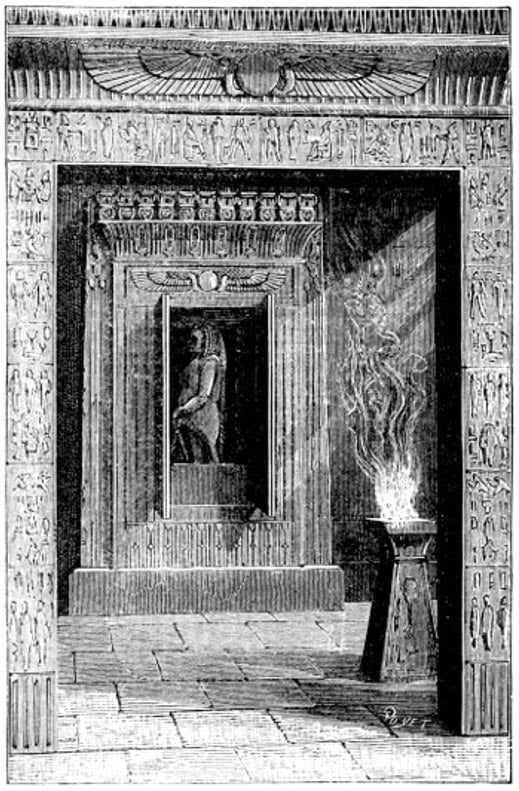
Temple doors opened whenever a flame was lit upon the altar, pictured in the publication “Magic, Stage Illusions and Scientific Diversions Including Trick Photography”
Further adding to the magic of those temples, big sculptures of the gods also sometimes had cavities inside, which the priests might enter through secret passages to deliver oracles–the statues of the gods would appear to talk.
It’s all reminiscent of the modern narrative, “The Wizard of Oz,” where a typical middle-aged man uses comparable creativity to seem as the great and powerful Wizard of Oz.
Saint Augustine stated the perpetually burning lamps at the temple of Jupiter Ammon in Egypt along with other temples, as clarified by Plutarch, might have been retained aflame by the intervention of demons.
Father Athanasius Kircher (1602–1680), considered by some to be the father of Egyptology, quotes an Arab named Schiangia: “”In Egypt there was a field whose ditches were filled with pitch and liquid bitumen. Philosophers, who knew the forces of nature, constructed canals which connected areas like those with lamps concealed at the base of underground crypts. These lamps had wicks made from threads which could not burn. By this means the lamp, after lighted, burnt forever, due to the constant influx of bitumen as well as the incombustibility of the wick.”
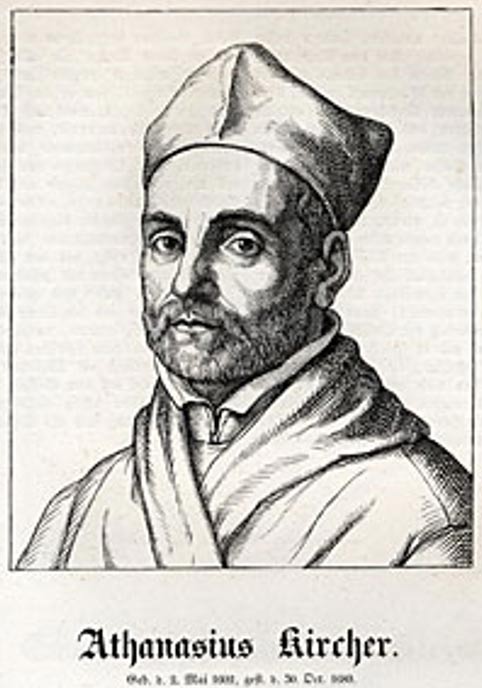
A wood engraving of Athanasius Kircher (1602-1680).
In the book “Magic, Stage Illusions and Scientific Diversions Including Trick Photography,” Albert A. Hopkins wrote that artifice of this nature may have been used to keep the flames described by Plutrarch alive, “But the majority of them owed their peculiarity only to the precautions taken by the priests to feed them without being seen.”
He continued: “It was only necessary, in fact, that the wick, which was made of asbestos threads or gold wire, should be kept intact, and that the body of the lamp should communicate with a reservoir placed in a neighboring apartment in such a way that the level of the oil should remain constant.”
Be the first to post a message!
